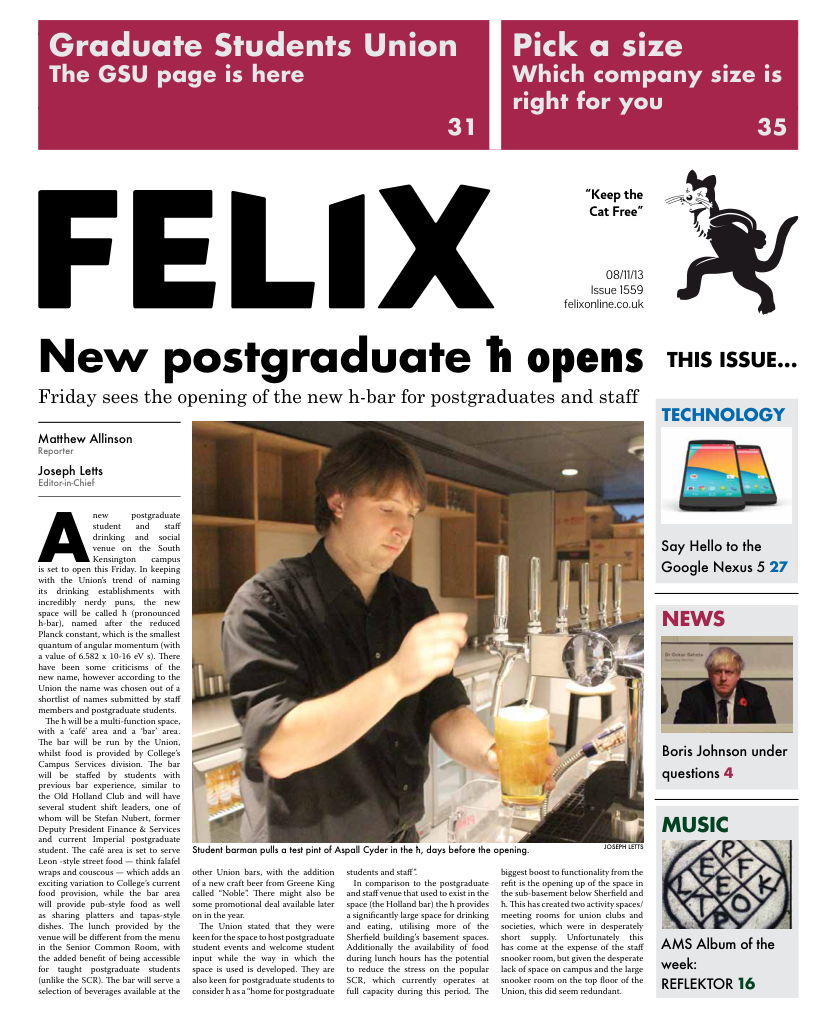1,500 masterpieces looted by the Nazis found in Munich
Around one billion euros worth of art has been discovered in the home of an 80 year old man in Munich.
Around one billion euros worth of art has been discovered in the home of an 80 year old man in Munich. The collection, including pieces by Matisse, Picasso, Renoir and others, represents one of the largest recoveries of looted art in recent history, and includes many pieces previously unknown to art scholars. The Nazis confiscated or destroyed artworks throughout the 1930s and 1940s that they deemed ‘degenerate’ or ‘un-German’, including many expressionist, surrealist, cubist and Dada masterpieces. They also acquired entire collections of Jewish art collectors, either by forcing them to sell to the Nazis at extremely low prices, or simply taking them once the true owners had fled the country. This particular haul was originally gathered by Hildebrand Gurlitt, a museum director who was meant to be selling looted works abroad to make money for the Nazis. Instead, he kept the works for himself, reported that the entire collection had been destroyed in the bombing of Dresden in 1945, and eventually handed them down to his son, Cornelius. The collection was only discovered when the reclusive Cornelius, now 80 years old, was by chance investigated for tax evasion, and the 1,500 artworks were found stacked amongst empty juice cartons and tins of food in a darkened room in his flat. It appears that Cornelius, who hasn’t been seen since August this year, never had a job or even opened a bank account, and kept himself in pocket by occasionally selling off a masterpiece or two to art galleries and auction houses. The initial discovery was actually made early last year, in February 2012, but the German authorities have since been sitting on the information in order to give art historians time to clarify the works’ values and origins. There’s also the rather difficult task of finding the rightful owners – or even the descendants of the owners – of the artworks. While most pieces do appear to have been acquired illegally during the war years, the emergence of paintings by old masters such as Canaletto further complicate the situation, and suggest that at least some of the collection has been legitimately bought by Gurlitt senior and thus really do belong to Cornelius. It could take years before the artworks are returned, restored and finally displayed for the public once again.





